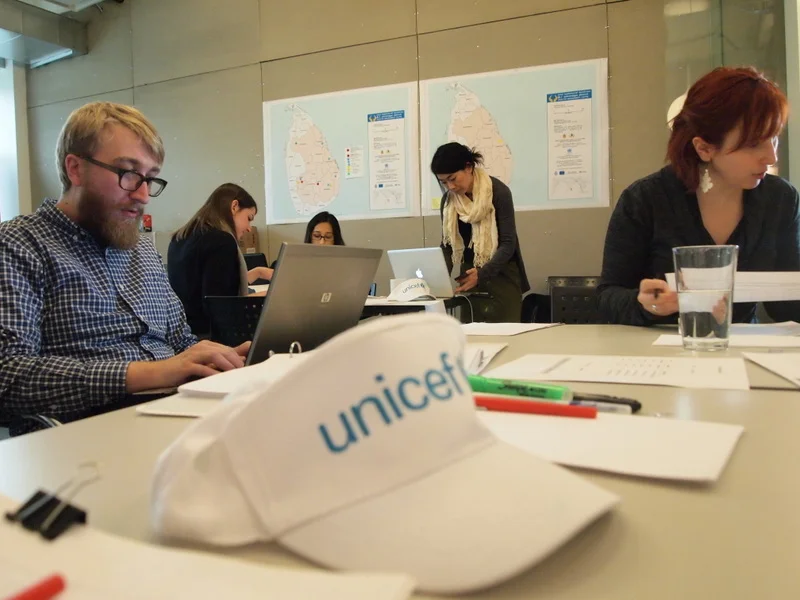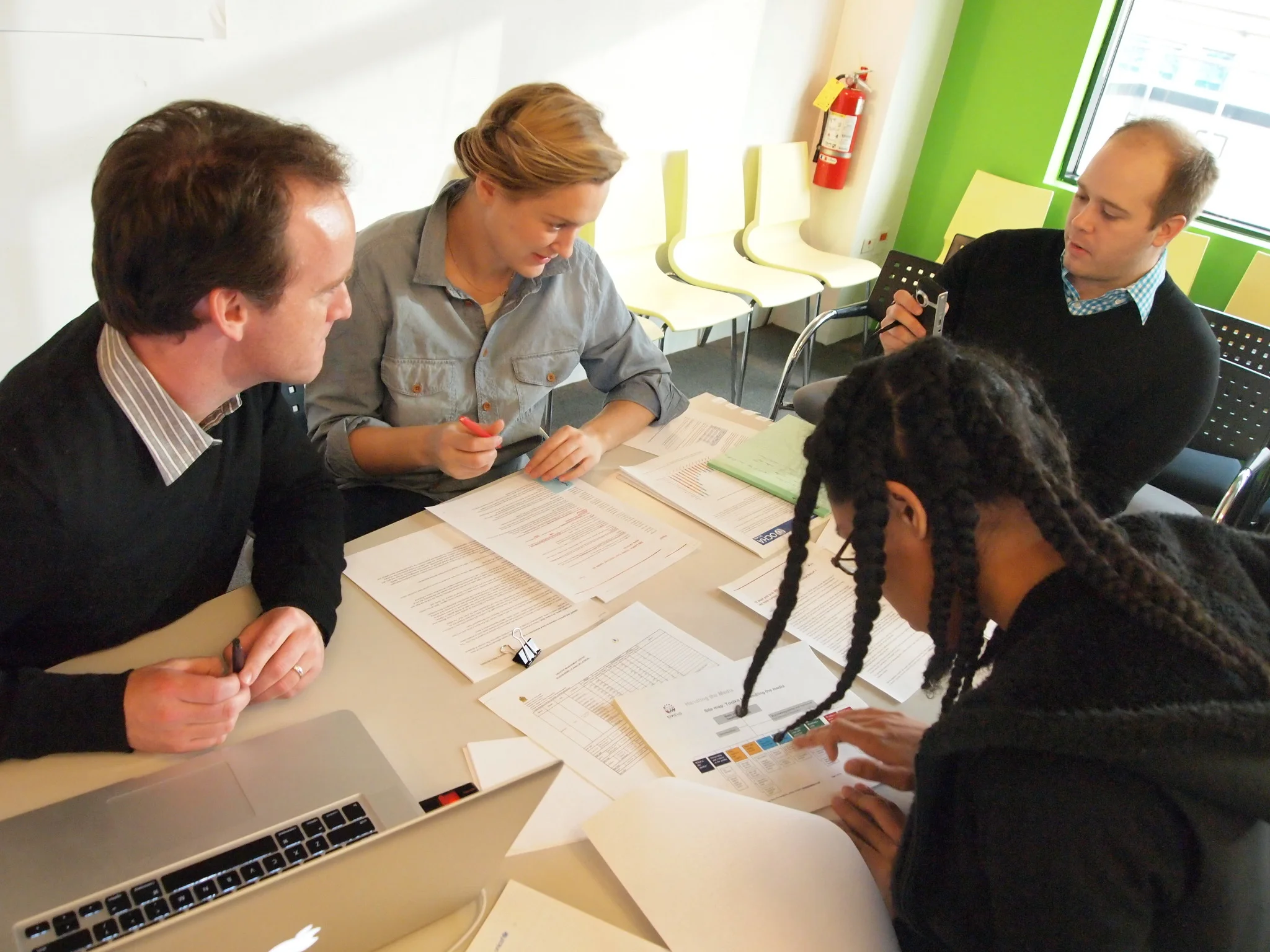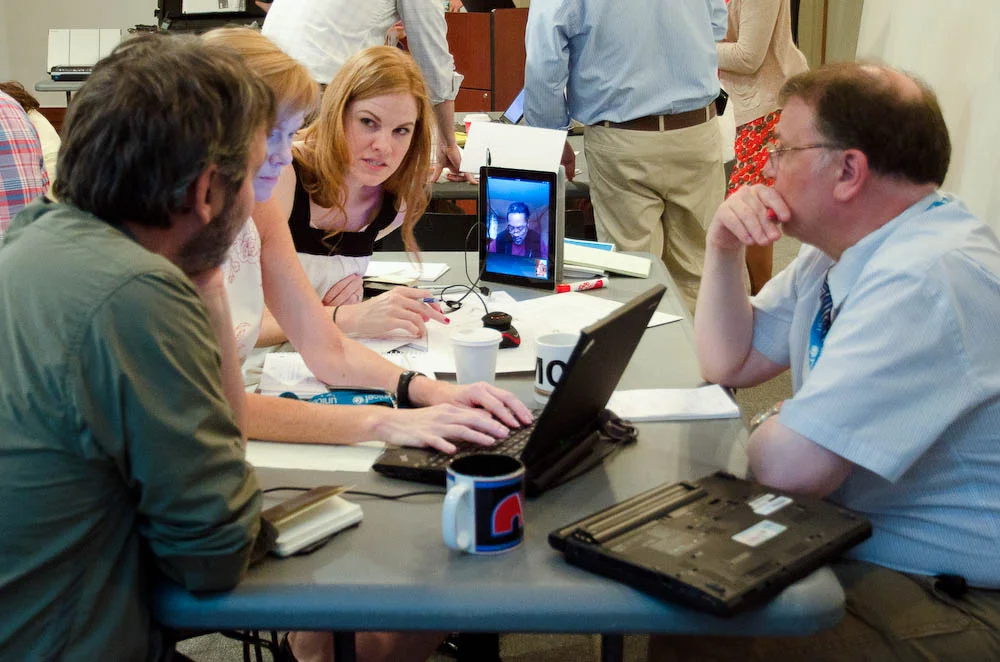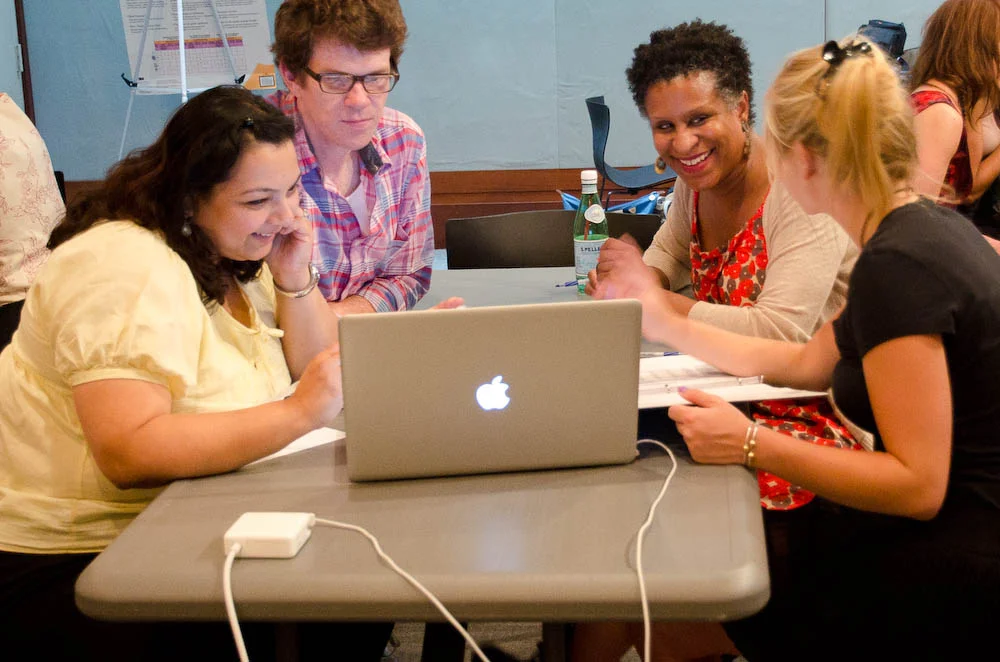UNICEF EMERGENCY RESPONSE SIMULATION
An immersive, two-hour game-based experience developed in partnership between the US Fund for UNICEF, UNICEF Innovations and frog design.
OVERVIEW
The UNICEF Emergency Response Simulation is an award-winning immersive, two-hour experience that educates players about the challenges that UNICEF program groups face during an emergency.
Designed for 15-45 people, participants interact both in-person and through a custom-designed web application to assess and address a fictional emergency situation. With game content that is based on real events, the simulation forces players to make difficult choices with limited resources. This immersive style of gameplay encourages players to develop empathy for UNICEF field staff and the choices they continually face. Deployed over 40 times in 4 countries on 2 continents, the Emergency Response Simulation has become a key part of UNICEF's fundraising and partnership strategy.
In my roles as Product Designer and Project Lead on the project, I brought the game through multiple rounds of development - from a paper-and-pencil simulation for students to a cloud-based, universally deployable package developed with frog design that has been used by UNICEF to educate and inform corporate partners, students, and staff across the globe.
CHALLENGE
Each team has a dashboard view that shows their goals, their communications with HQ, and specific resources they should be using to accomplish their goals.
It is an immense challenge to concisely explain everything that UNICEF does in emergency situations. With 36 National Committees and a strong presence in 190 countries, the breadth of their responsibilities and the complexities of each situation can obscure the realities of how UNICEF responds when a crisis hits. And yet, because UNICEF relies on external support - from individual donors, corporate partners, and international agencies - to operate effectively in crisis areas across the globe, UNICEF needs a compelling way to help partners understand how their dollars are put to work.
BACKGROUND
The simulation was developed in the fall of 2010 in partnership with John Dimatos, an adjunct professor at NYU's Interactive Telecommunications Program. John was preparing to teach "Design for UNICEF", a course in which graduate students examine some of the design challenges UNICEF faces while also researching and prototyping new tools. In planning for the class, John recognized a distinct challenge: how do you sensitize a group of NYC-based graduate students to the realities of UNICEF's field work?
Each team has to enter their supply requests into the dashboard in order to support their simulation goals.
The original Emergency Sim was created in a set of quick 2-week sprints. This development process required extensive original research and synthesis, encompassing everything from UNICEF standard practices in various emergencies to what international standards are used when calculating hygiene procedures to what types of supplies are ordered by program groups. Each program group had roles to understand and simplfy for players with no background in international development. There were complex role-playing mechanics to identify, test, and modify. We developed unique content, tasks, and interactions for each team, and mapped dependencies across teams and non-player characters. Having seen the simulation in action, the UNICEF Innovations Team and the US Fund for UNICEF approached me to redesign and develop the game for broader use by UNICEF.
HOW IT WORKS
In our research and interviews, many field staff expressed two common ideas: a feeling of information overload, and not having enough time. The game is designed around those two major themes - information management and time-sensitive decision-making.
The Facilitators have a dashboard view of all the actions and triggers, along with a timeline of when actions should be occurring.
Teams must quickly sift through massive amounts of information to choose which supplies to request for relief efforts, and then must make the case for why their supplies are the most important. To do this, players are split into teams based on the program groups within UNICEF:
- Child Protection
- Communications
- Education
- Health
- Nutrition
- Supply/Logistics
- Water, Sanitation, & Hygiene
Each team has a laptop, a web dashboard account, and background documents that include situation reports, standards documents, and handbooks. Most of the action is coordinated through a webapp developed in partnership with frog design. The dashboard displays each team's tasks, emails with HQ and the other teams, and related news stories and social media postings. It is updated over the course of the game with new tasks, actions, and other information.





